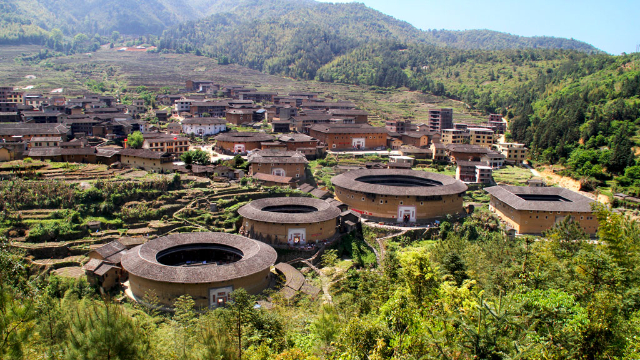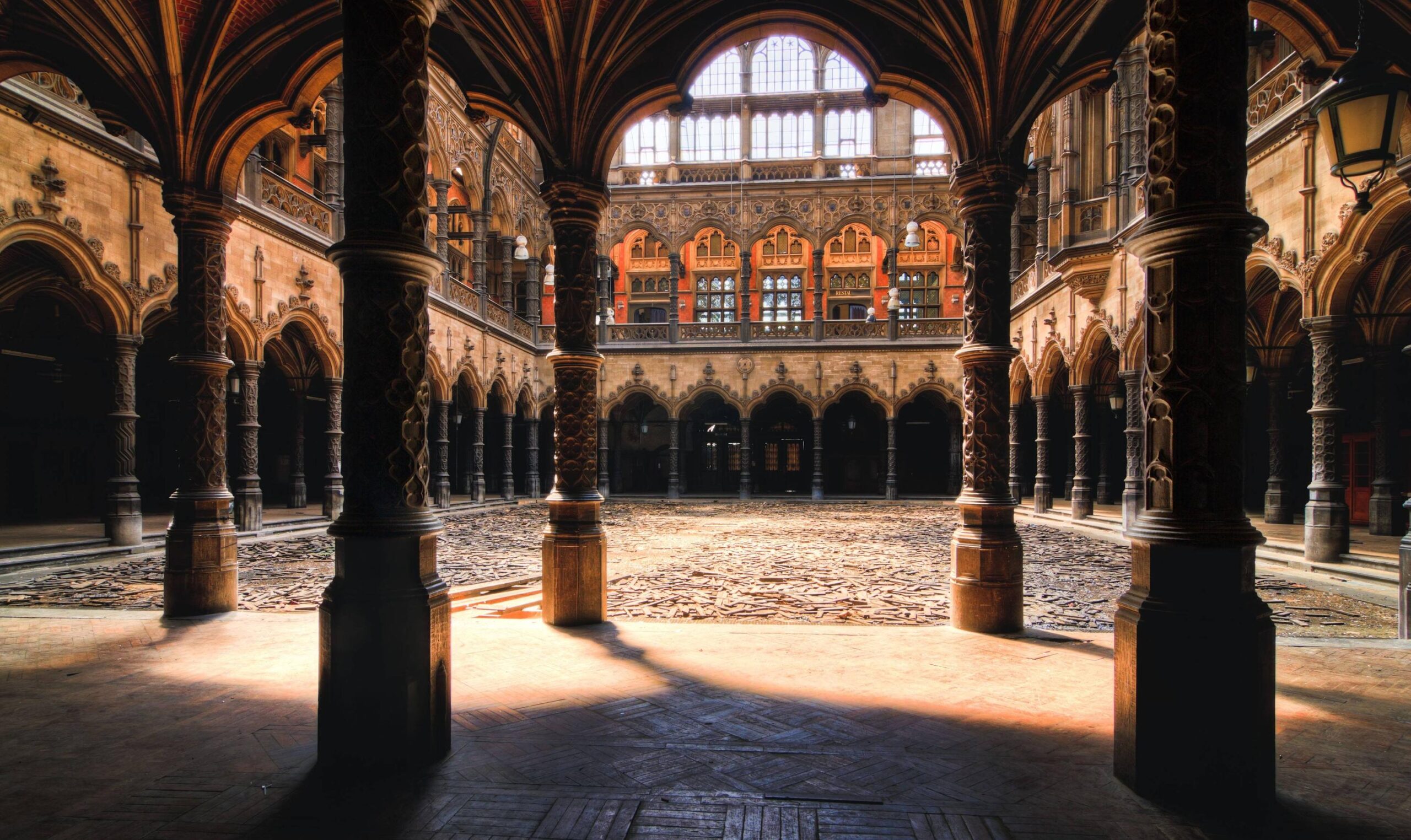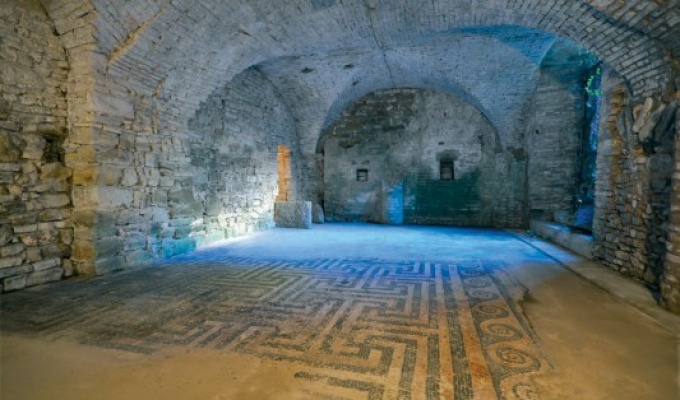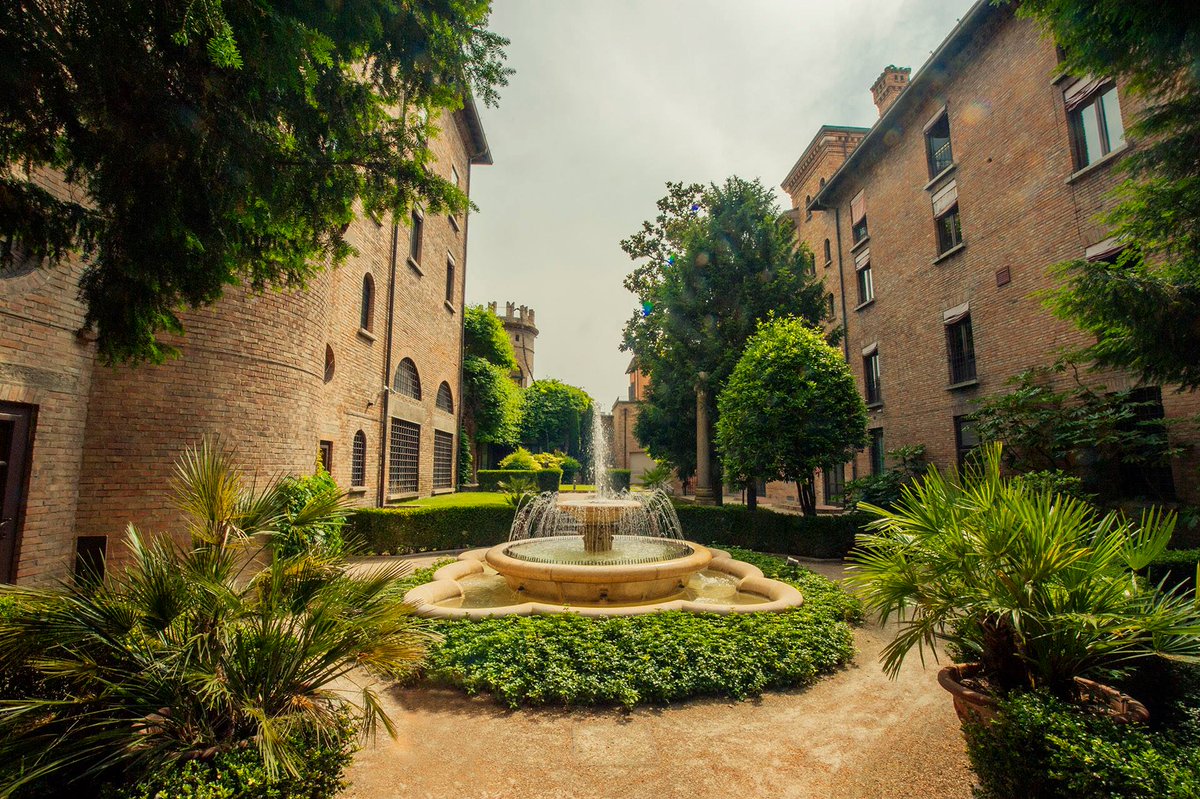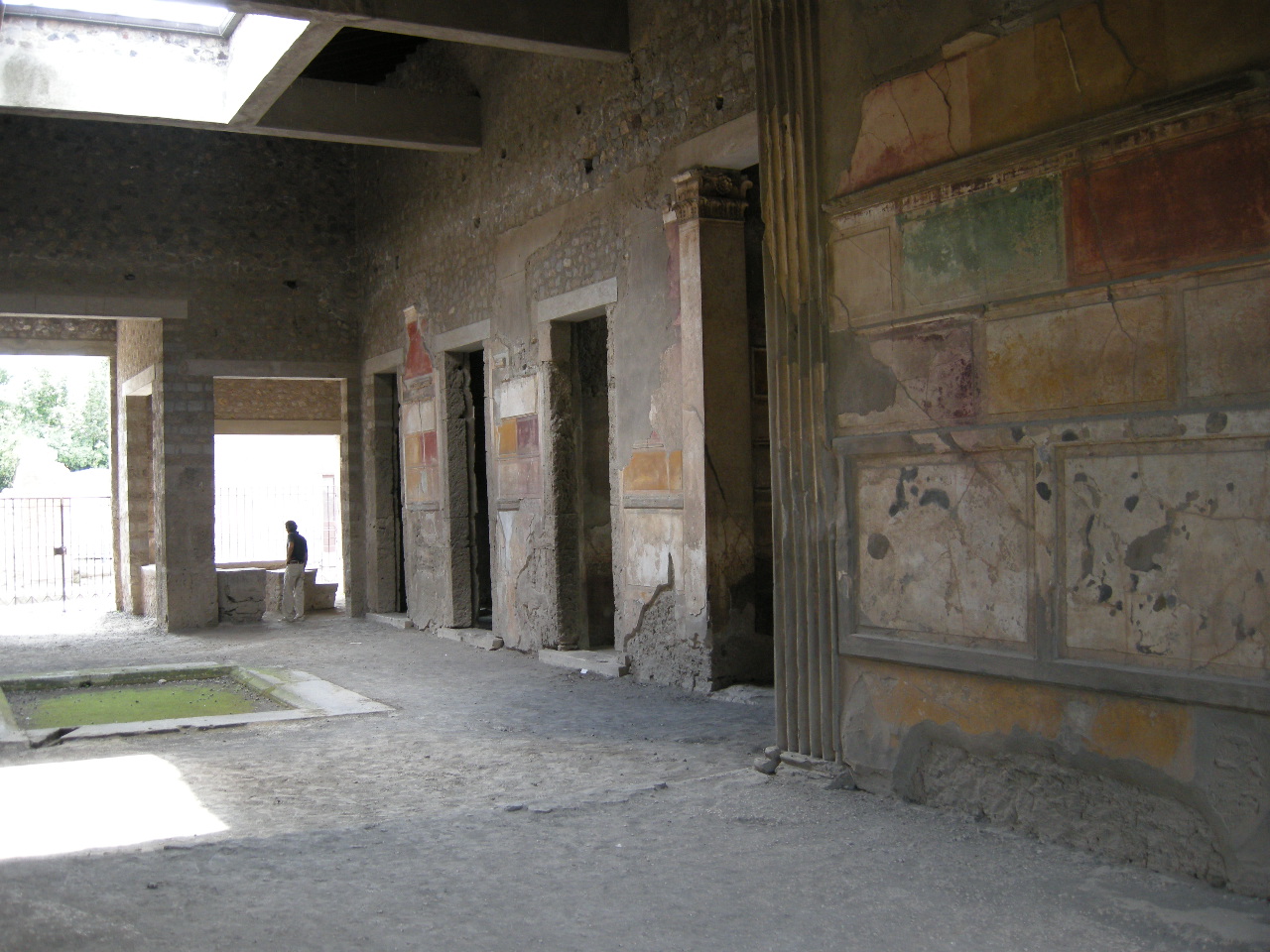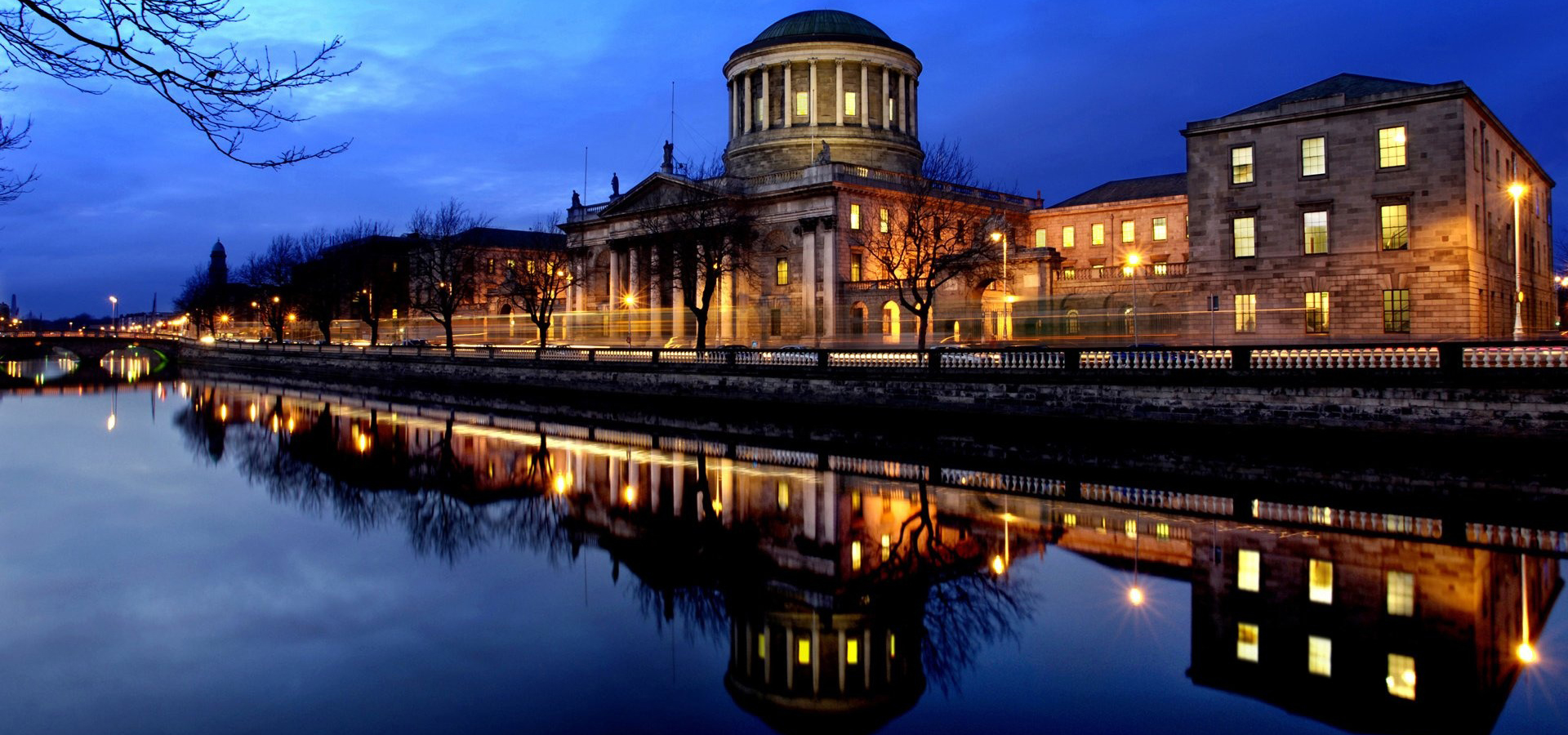Fujian Tulou represents a remarkable architectural and cultural heritage. Here’s more information about these unique residential buildings:
-
Philosophy of Harmony: Fujian Tulou is a testament to the oriental philosophy of “Harmony of Nature and Humanity.” The choice of locations, leaning against mountains or along rivers, reflects a harmonious integration with the surrounding natural environment. Visitors not only witness the masterful buildings but also indulge in the picturesque landscapes, including terraced fields and water villages.
-
Architectural Style: The architectural style of Fujian Tulou is characterized by its primitive and robust aesthetics. The buildings exhibit beautiful and distinctive shapes, showcasing a blend of simplicity and uniqueness. The structures, while appearing boorish, hold a certain charm that adds to their appeal.
-
Functionality: Despite their outward simplicity, Fujian Tulou structures are highly functional and practical. The design features high exteriors and low interiors. The buildings consist of nested structures, incorporating elements such as ventilation, daylighting, earthquake resistance, sound insulation, heat preservation, and defense.
-
Intricate Layout: The layout of Fujian Tulou is intricate, featuring buildings within buildings and rings within rings. This complexity serves various practical purposes, contributing to the overall resilience and adaptability of these structures.
-
Cultural Significance: Beyond their architectural features, Fujian Tulou holds cultural significance. These communal living spaces were traditionally inhabited by Hakka people, fostering a sense of community and shared living. The tulou served as a practical response to the challenges of the environment, providing a sustainable and communal way of life.
Fujian Tulou is not only a testament to architectural ingenuity but also a reflection of the close relationship between human habitation and nature.

